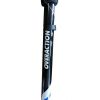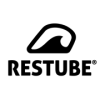Ice axe
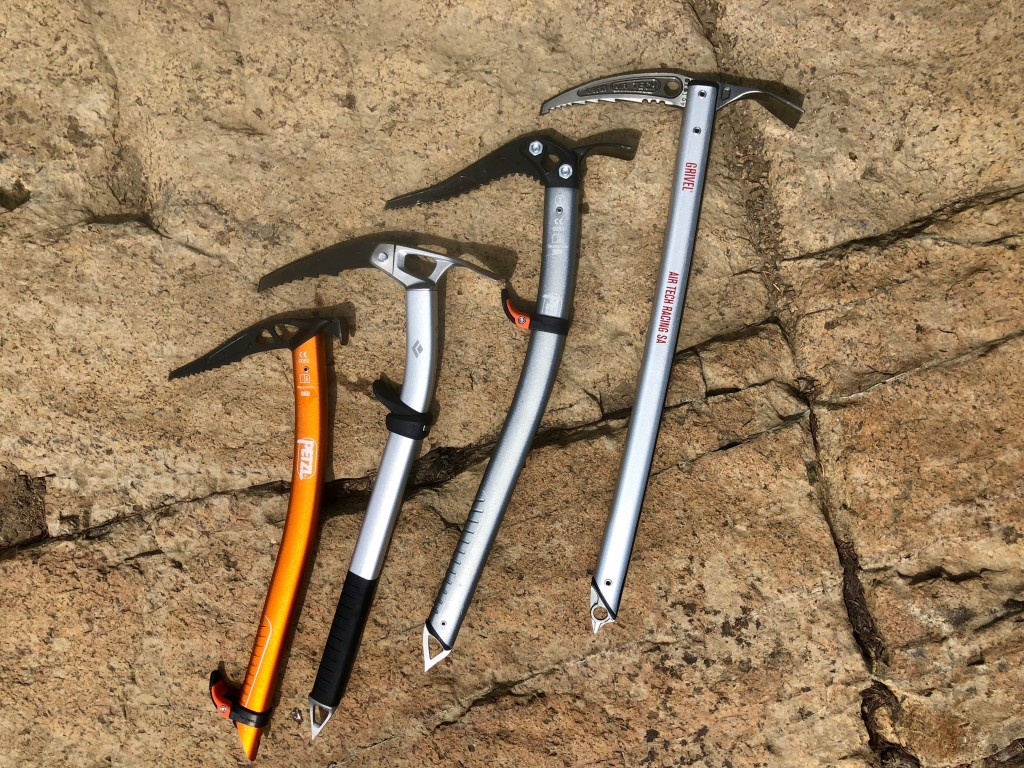
The ice axe is the symbol of alpinism. Not enough but nobody keeps the ice ax in hand to qualify climber. We need to know and use it.
What exactly is the ice axe?
Is mountaineering hoe, a simple but valuable tool. It is the most important piece of equipment that we need to move on snow and ice. Its uses vary: Used to support and strengthen the balance and as a grip for promotion or as a research tool, cleaning or digging. Also used as security in the snow and as a brake if dropped. Although ax mutated key segments ax remain same, although their capabilities differ. The parts of the ice axe is the head, the shaft and the tip.
The types of ice axe
Generally there are three types of ice axes:
a) The hiking ice axe with the long stem (60 - 90 cm), the almost straight nose and wide shovel.The old wooden shaft has been replaced by lighter, but moderate strength aluminum alloys. Suitable for ascents and crossings on slopes with moderate slopes in snow.
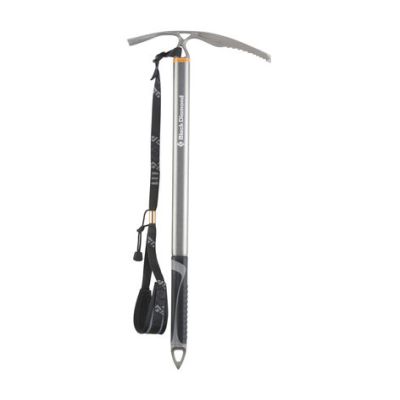
b) The classic ice axe is closer than walking, have nose with more steep and narrow shovel.The stem has a length of about 60 cm. (When we keep the outstretched hand with head should refrain peak of about 10 inches from the ground). It is suitable for general use on the mountain. From simple winter hiking up routes - gutters - snow or ice.
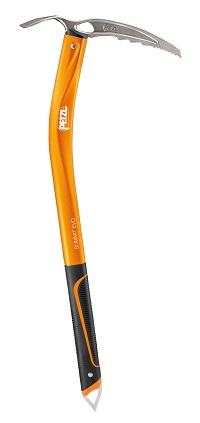
c) The technical ice axes is closer than the classics, have nose with quite steep and narrow shovel or hammer.The staff has a length of about 40 - 60 cm (made from strong and lightweight aluminum alloy lined bottom rubber, with straight or curved handle on the bottom for better grip and hand guard against bumps. The head in most models accept spare leads and spare shovel or hammer depending on the slopes and the quality of the ice or just gives us the ability to change in case of disaster. The noses quite sharp and more jagged than the classic ice ax for better gripping on the ice.
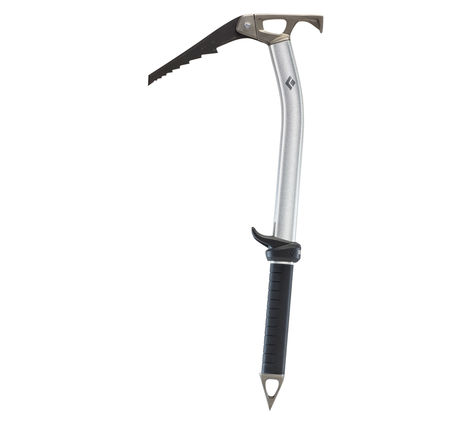
An important criterion of the quality of an ice axe is the right balance and the feeling of the handle. For ice climbing with great flair is necessary to have two ice axes. In this case care one being '' March '' (with hammer).
Source of text: Magazine Korfes text Author: Aris Theodoropoulos
Recent posts
-
24/05/2024Backpack Guide Part Α’ 10 – 30 L
-
20/03/2024Guide for crampons
-
19/02/2024Hangboarding for beginners
-
06/02/2024Rock Climbing in Occupational Therapy
-
23/11/2023Climbing Grades
-
22/11/2023Climbing in psychotherapy
-
16/11/2023What is Bouldering
-
15/11/2023Trad VS Sport Climbing
-
15/11/2023Winter Tents
-
07/11/20233 Season Tents
-
03/11/2023Summer Tents
-
02/11/2023Lifespan Of Your Climbing Gear – Part B Metal Components
-
02/11/2023Lifespan Of Your Climbing Gear – Part A (Harness, Rope, Slings and Webbing)
-
30/10/2023Nail Vernis Aquaglutene - Vade Retro
-
30/10/2023THE LOG BOOK
-
30/10/2023Mountain cookware
-
30/10/2023Our Blog
-
30/10/2023Climbing Shoes - Quick Buying Guide
-
30/10/2023Washing and maintenance of the sleeping bag
-
30/10/2023Superlight Tents
-
30/10/2023ΙNFORMATION FOR CRAMPONS
-
30/10/2023Ice axe
-
30/10/2023INFLATABLE MATTRESS SLEEP
-
30/10/2023Nikwax secrets of waterproofing
-
30/10/2023What Is “Softshell”?
-
30/10/2023Slacklining, ένας εναλλακτικός τρόπος γυμναστικής.
-
30/10/2023Mountaineering - Hiking Boots
-
30/10/2023Waterproof Membranes
-
30/10/2023Sleeping Bags
-
30/10/2023Sleeping Mats
-
30/10/2023Base Layers
-
30/10/2023Climbing Helmets






















































































































